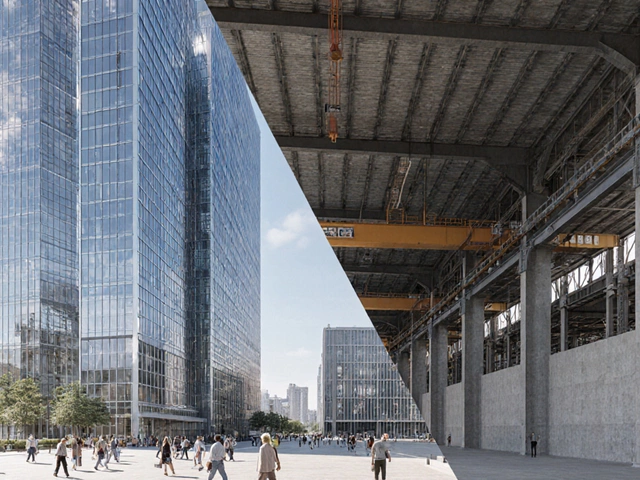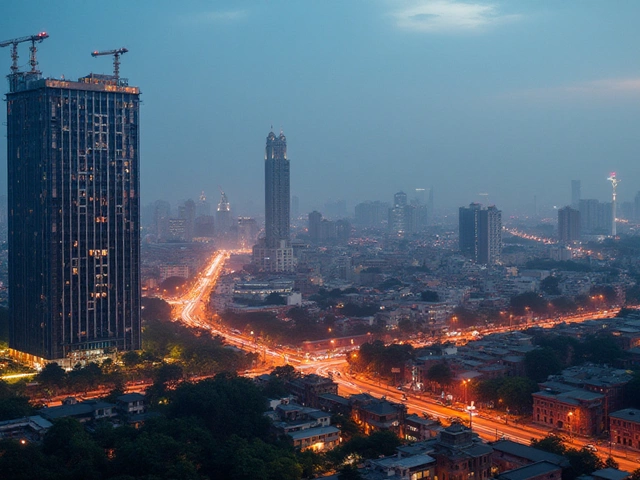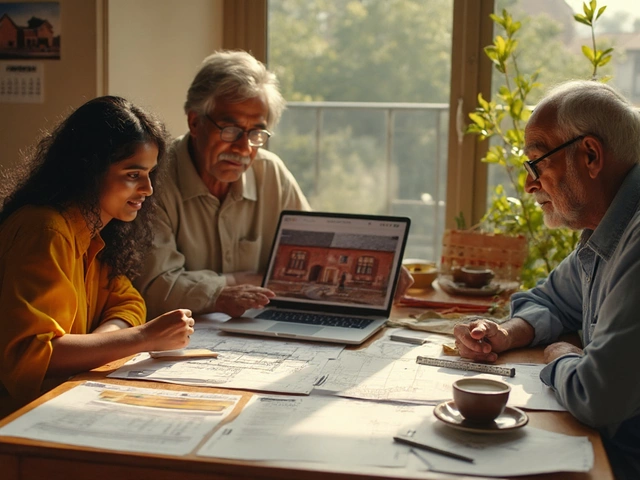Fire-Resistant Construction: Materials, Codes, and What Really Works
When we talk about fire-resistant construction, building methods and materials designed to slow or stop the spread of fire. Also known as fire-rated construction, it’s not just about putting out flames—it’s about giving people time to escape and firefighters time to respond. This isn’t optional in commercial buildings, apartments, or even some homes near forests. It’s built into the law.
Fire-resistant construction doesn’t mean fireproof. Nothing is. But it does mean using materials that won’t ignite easily, slow heat transfer, and hold up under extreme temperatures. Think gypsum board, a common wall and ceiling material that releases water vapor when heated, buying critical minutes. Or concrete blocks, a dense, non-combustible option often used in structural walls and partitions. Even steel beams, when properly protected, can outlast wood in a fire. These aren’t luxury upgrades—they’re the baseline for safety in most modern buildings.
But materials alone don’t make a building safe. You also need fire separation, physical barriers like walls, floors, and doors that contain fire to one area. In mixed-use buildings—say, a shop on the ground floor and apartments above—this is non-negotiable. The code requires a 2-hour or 3-hour rated assembly between levels. That means walls with multiple layers of drywall, sealed penetrations, and fire-rated doors. Skip this, and you’re not just breaking rules—you’re risking lives.
And then there’s the wire. Yes, wire. Electrical wiring in fire-resistant construction isn’t just about carrying current. It needs to keep working during a fire so alarms, emergency lights, and sprinkler systems don’t fail. That’s why fire-resistant construction often uses mineral-insulated cables or wires wrapped in high-temp insulation. It’s not about cost—it’s about reliability when everything else is falling apart.
Codes vary by region, but the goal is the same: delay collapse, limit spread, and protect escape routes. In India, where KK Wire Solutions supplies industrial-grade wires for construction, fire safety standards are tightening. New buildings must meet stricter ratings for electrical systems, especially in high-rises and public spaces. The same goes for retrofitting older buildings. A single unsealed conduit or a cheap wire jacket can turn a small fire into a disaster.
What you’ll find in these posts isn’t theory. It’s real-world examples: how mixed-use buildings handle fire separation, why foundation cracks can compromise fire barriers, and which materials actually pass tests—not just paperwork. You’ll see how commercial construction differs from residential when fire safety is on the line. And you’ll learn why some repairs, like fixing a cracked wall or replacing old wiring, aren’t just maintenance—they’re fire prevention.





